About twenty miles from Angle Inlet, the only town in the Northwest Angle, the sealed road ends and you jostle and bump along a wide gravel surface the rest of the way. This is better than the way things used to be. Until 1969, there was no all-season road. The Angle may seem remote, but it is surprisingly accessible, especially in summer. You can get here by car, boat, or seaplane (or snowmobile in winter); it just takes a while.
The road to the Angle passes through Canada, so US visitors have to bring along a passport and be prepared to explain what they hell they think they’re doing passing through Canada and promise not to stop anywhere for any reason. When you reach the Angle, there is no fancy border control station like the new ones at Rosseau ($25 million dollars) and Warroad ($45 million dollars), just several signs reminding you to call US customs once you reach “Jim’s Corner”, the shack about the size of an outhouse where you call US immigration upon arrival or Canadian customs when you are leaving.
The Angle borders Lake of the Woods, one of North America’s largest freshwater lakes and a remnant of the massive glacial Lake Agassiz that once covered most of the north-central part of the continent. Lake of the Woods is a vast expanse of open water in its southern section but as you go north it transitions into a claustrophobic maze of 14,000 rocky islands (only 23 of which are in the US). Lake of the Woods attracts fishing enthusiasts from around the world, especially for walleye and muskellunge (muskie). It’s also a great place for stargazing and seeing the Northern Lights, at least once the last vestiges of daylight disappear from the horizon (after midnight in mid-summer).
The few resorts and homes are clustered at the northern end of the Angle along a creek. There is no hospital, no mall, and only one restaurant–Jerry’s Bar and Grill–where the food is about what you’d expect. If you need to restock your pantry, the nearest grocery store is 65 miles and two border crossings away in Warroad. Refilling the gas tank is going to hurt, too, with gas as much as $4.35/gallon at one of the marinas. Yuppies don’t travel here, so you won’t find any condos; no one sells grande mocha lattes; no stores sell Lycra bicycle shorts.
The parts of the Angle that aren’t water are primarily state forest or part of the Red Lake Band of Ojibwe reservation. There are probably more black bear than people who live here. Few Red Lake Ojibwe live in the Angle; instead they usually make seasonal visits to hunt or gather berries. The hundred or so folks who are considered permanent residents support the last one-room school in Minnesota; last year, there were seven students. Once the kids begin seventh grade, though, they have to attend school in Warroad, a one hour and fifteen minute bus ride each way.
Winters are long and severe by most people’s standards, but folks up here don’t seem to mind. Karen, who runs the resort where I camped, Jake’s Northwest Angle Resort, with her husband Paul (the third generation of his family to do so), told me that the coldest temperature she’s experienced in her twenty-plus years was -56°F. That’s the actual air temperature, mind you, not the wind chill. The extreme cold caused a power outage that lasted three days, during which time they had to struggle to keep their house warm and prevent the water pipes from freezing. At -56°F, the propane that they use to heat their home is no longer a gas, so they had to burn charcoal under the tanks to warm the propane enough to return it to its gaseous state so they could heat their house. “That was a little scary,” she told me. No doubt.
Apart from that, though, winter is just another season. With everything frozen, you can get around easily on a snowmobile, venturing to areas that are too swampy to reach in the summer, like the far northwest corner of the Lake of the Woods that defines the boundary between the US and Canada. And you have the added bonus that there are no bugs! The ice usually sets in by Thanksgiving and is thick enough by Christmas to put out ice houses; ice fishing season typically begins the day after Christmas and runs until mid-March.
Deb, who runs the area’s water taxi, lives on an island in the Lake of the Woods. She told me that the most challenging times of the year are “ice in” and “ice out.” (When folks mark the seasons with phrases like “ice in” and “ice out”, you know you’ve entered a different world.) These are transitional times when the ice is too thin to safely snowmobile across but too thick to get a boat through. When that happens, she can’t leave the island. There’s no way to know how long those periods will last; it could be a few days but it has lasted as long as six weeks—six weeks stuck on the island! Living through those periods requires some good planning skills.
But even with all that, the modern world easily penetrates the Angle. Cosmopolitan Winnipeg is only a two-hour drive. Angle residents were connected to the electric grid in 1973, making it easier for Deb to enjoy satellite TV and DSL at her home on the island. Cell phones are gradually replacing the marine band radio that was previously the most reliable way to communicate. Big summer homes along the shores are an increasingly common sight.
Everywhere I went I met kind, helpful, friendly, hard working people who are proud to be residents of the Angle, even if they often feel like they get the shaft for living where they do. They’ve been fighting for years to speed up the border crossings for Angle residents but progress has been slow. They’ve had to fight restrictive fishing regulations from Ontario and have to deal with state Department of Natural Resources personnel far more often than the average person should.
Frustration with the red tape came to a head in 1997 when Angle residents threatened to secede and join Manitoba. It was mostly a publicity stunt, but the attention did lead to regulatory changes that eased their burdens a bit. “We have to fight for everything,” Karen told me. Before they threaten any drastic changes again, though, they might want to consult with the Red Lake Band of Ojibwe first, something they failed to do in 1997, seeing as most of the Angle is actually under their governance.
On the way back to the “mainland” I was once again selected for a full search of my car at the US border. This time I even got the magic wand waved over and around me, although the agent was super nice about it—he was from the Angle and, during our down time, told me a couple of stories about his home. In spite of that hassle and the extra driving time, the Angle is a relaxed place to visit and worth the effort. I’m looking forward to visiting again in the near future.
Today’s Bad Decision: Eating fried chicken at Jerry’s. Could someone please change the oil?
© Dean Klinkenberg, 2011
- I don’t think this fire truck sees much action
- My campsite at Jake’s Resort
- Check in after Christmas
- The tree on the point is the northernmost tree in the lower 48, probably; stay left to enter Canada.
- Big summer homes are becoming more common
- The immigration station at Jim’s Corners
- The only road in town
- Maybe the only post office with a gas BBQ grill in front of it
- The southern portion of Lake of the Woods
- The southern portion of Lake of the Woods
Community-supported writing
If you like the content at the Mississippi Valley Traveler, please consider showing your support by making a one-time contribution or by subscribing through Patreon. Book sales don’t fully cover my costs, and I don’t have deep corporate pockets bankrolling my work. I’m a freelance writer bringing you stories about life along the Mississippi River. I need your help to keep this going. Every dollar you contribute makes it possible for me to continue sharing stories about America’s Greatest River!
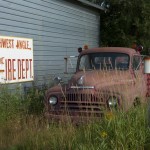
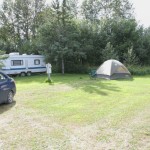
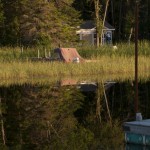
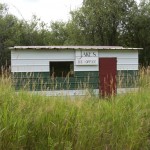
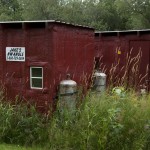

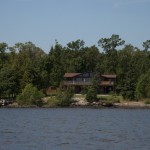
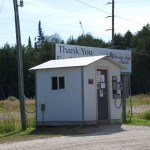
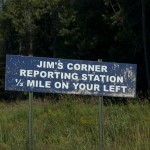
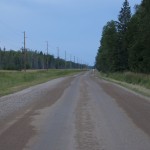
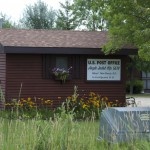
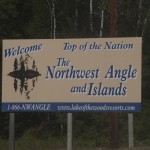
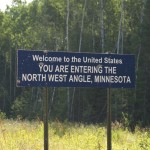
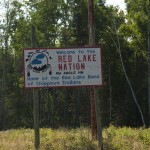
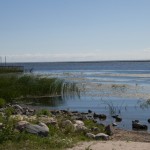
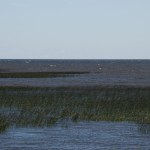
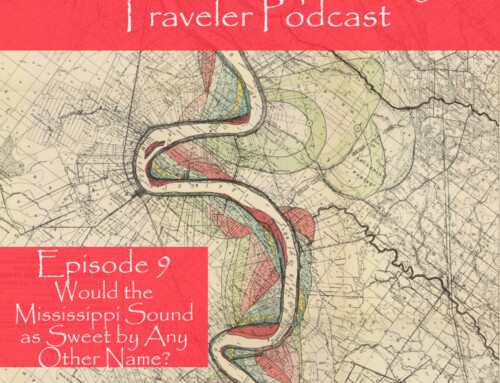
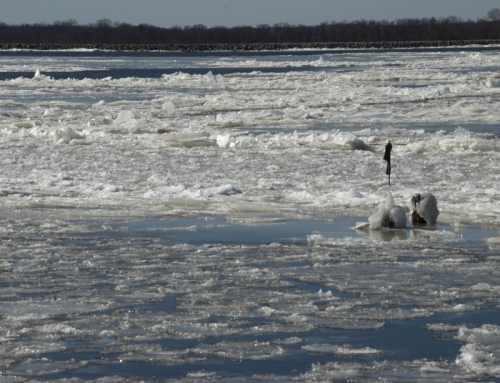
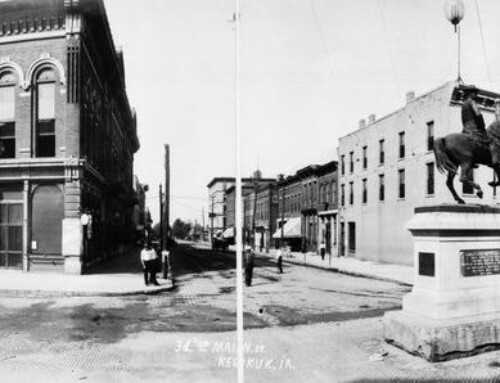
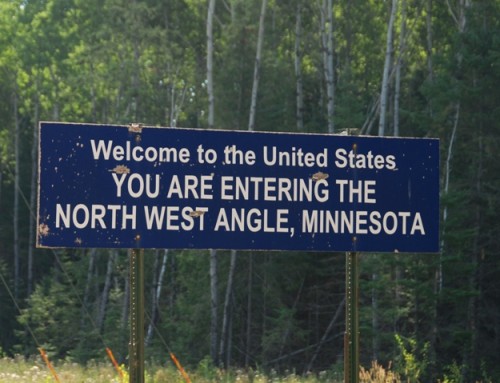
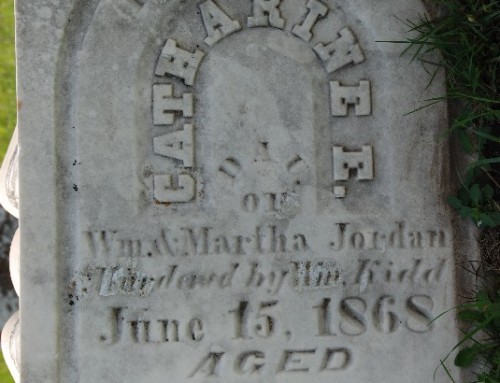
Awesome! Sold! I really want to go. But I’ll bring my own food, thanks.